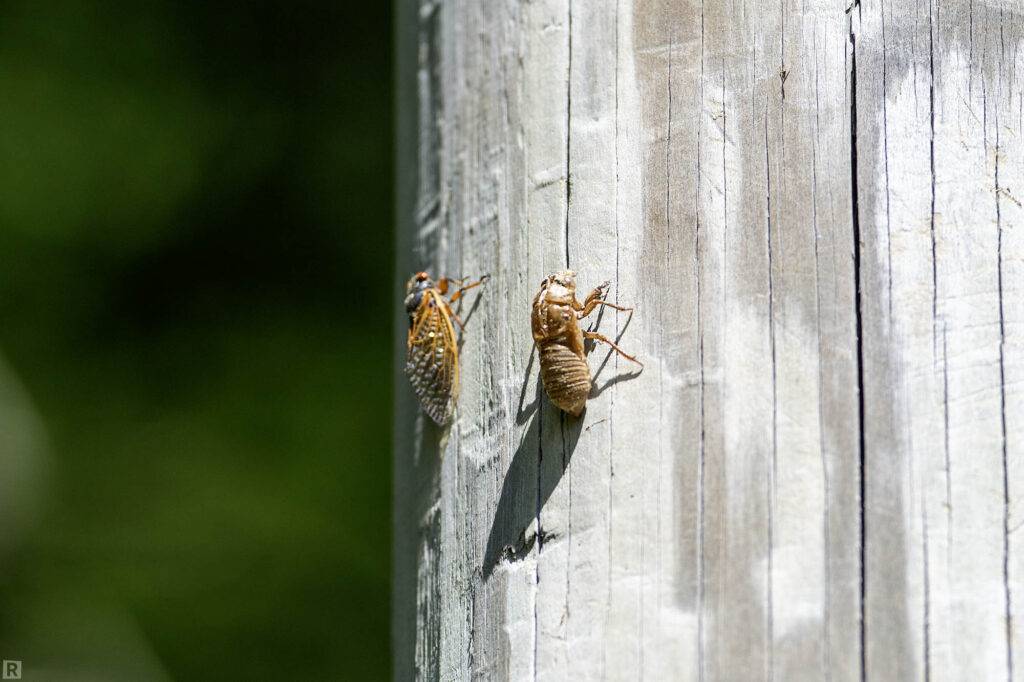
ASHEBORO — It’s officially May and on top of flowers from April showers, this month will bring forth two broods of cicadas in the U.S. in a phenomenon not seen since the early 1800’s.
If you have scrolled news articles or social media in the last few weeks you’ve probably come across headlines telling of a super rare event with “billions” of cicadas emerging this year. So, what’s happening?
Periodical cicadas are insects that spend most of their lives living underground feeding off the sap of tree roots. In summer, as the ground warms, cicadas make their way to the surface to transform into adults and mate. Once above ground and transformed into adults, periodical cicadas only live three to four weeks.

While there are cicadas that emerge every year in N.C., periodical cicadas only emerge ‘periodically’, often more than a decade apart in groups called broods. In 2024 two broods, one that only comes to the surface every 13-years and the other every 17-years, are set to emerge from underground in the same year, a phenomenon not seen since 1803.
Find out more about Cicada life cycle with this graphic from the Smithsonian National Museum of Natural History.
What to expect locally
Cicadas emerge from underground when the ground temperature reaches around 64°F, which typically happens in early May in North Carolina. Of the two Broods emerging this year only Brood XIX, with its 13-year cycle, is expected to emerge in our state.
The 13-year cycle cicadas, last seen in North Carolina in 2011 are hard to miss, and even harder to ignore the sound of. After emerging males “sing” by vibrating a membrane on the sides of their bodies producing a noise that has been described as a buzzing or oversized tires on the highway.

That “signing” is used to attract a mate. After mating females lay eggs in trees. When those eggs hatch 6-7 weeks later the babies, also called nymphs, fall to the ground, and go into the soil only to emerge on the same 13-year cycle as their parents.
Despite their imposing size, cicadas don’t bite, and they pose no threat to humans or pets. They feed primarily on plants like fruit trees and other woody plants. Females saw into twigs and small branches to lay eggs, but experts say they rarely do major damage.
If your area is seeing large groups of cicadas and you are worried about damage to younger trees and plants, you can use fine netting to keep the bugs off the plant to prevent them from being able to lay eggs. Just be sure to secure the netting around the base so the bugs can’t crawl up from underneath.
You can find out more about cicadas on the Smithsonian National Museum of Natural History’s website or find out more about local impacts on this page from the NC State University’s website.You can also check out this map of Brood XIX from the University of Connecticut.

